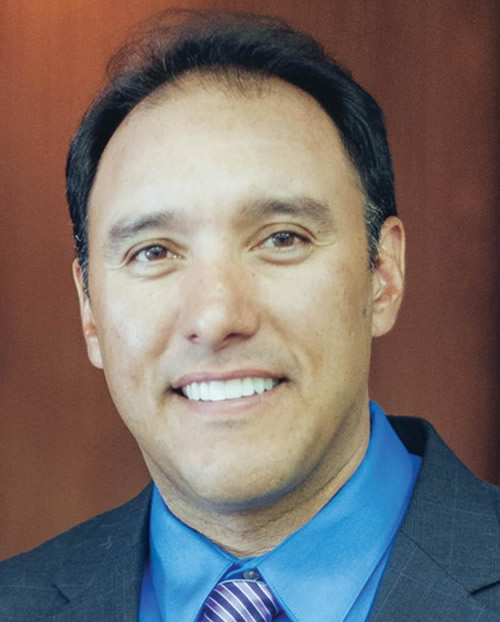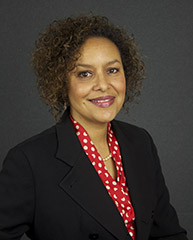Introduction
The California Collaborative for Educational Excellence (CCEE), the San Bernardino County Superintendent of Schools (SBCSS), the California Association for Bilingual Education (CABE), and Families In Schools (FIS) invite any interested school district in California to submit an application to serve in the Community Engagement Initiative’s Cohort II Peer Leading and Learning Network.
This Network (Cohort II) will join Cohort I Districts (Anaheim Union High School District, Azusa Unified School District, Cajon Valley Union School District, Eastside Union High School District, Ontario-Montclair School District, and Oxnard School District) in leading the Community Engagement Initiative’s efforts to build statewide capacity for authentic community engagement, with a focus on improving outcomes for all students, particularly
English learners, low-income students, foster youth, and students from other underserved groups.
Background
In 2013, the Local Control Funding Formula (LCFF) fundamentally changed how the State provides resources to school districts and aligns systems of accountability to support districts in improving student performance. The Local Control and Accountability Plan (LCAP), an integral component of the LCFF, provides a way for districts to continuously improve by describing their goals, actions, and services for all students, particularly English learners, low-income students, foster youth, and students from other underserved groups. In 2017, the California School Dashboard was launched to help districts identify strengths and challenges to inform their LCAPs.
The California Statewide System of Support (SOS), which is rooted in identifying and eliminating inequities, has been established to build local capacity to ensure that districts are equipped to develop, implement, and evaluate strategies to ensure that each student has the resources needed to succeed. The SOS includes the CCEE, the California Department of Education, county offices of education, as well as many other entities that serve as “Leads” in particular areas. The Legislature created the Community Engagement Initiative in 2018, pursuant to Section 140 of Assembly Bill 1808, to take the lead with respect to community engagement.
The Community Engagement Initiative (CEI)
The CEI is a five-year effort intended to strengthen the System of Support by building the capacity of school districts and communities to authentically engage each other in:
- Identifying effective models of community engagement
- Developing metrics to evaluate those models
- Having difficult conversations
- Building trusting relationships
- Participating in the LCAP development process
The CCEE, SBCSS, CABE and FIS jointly lead the CEI.
At the core of the CEI are Peer Leading and Learning Networks (PLLN). The first phase included a single network that brought together six geographically diverse district teams that demonstrated success in community engagement. The districts in this inaugural Network, along with the CCEE, SBCSS, CABE, and FIS have compiled effective models of community engagement and identified metrics to evaluate models on their practices, lessons learned and successes. These districts will support future Peer Leading and Learning Networks within the CEI.
Benefits of Participating in the CEI PLLN
- Be a part of systemic change for community engagement.
- Learn effective practices for community engagement from districts across the state.
- Engage in an open dialogue on issues related to improving local pupil outcomes.
- Partner with other communities and school districts on improving community engagement throughout the Network.
- Receive an annual District Team stipend to support participation in the CEI of at least $2,000/meeting for the agreed upon eight meetings. Additionally, District Teams will receive travel stipends.
Commitments of District Teams
If selected, each district team will commit to contribute to the statewide effort to build capacity for authentic community engagement through the CEI, and will have the unique opportunity to improve and/or enhance their district’s efforts to improve community engagement efforts.
Each District Team in Cohort II should, at minimum, include the following members:
- From the district: a cabinet-level district administrator (e.g., Superintendent, Assistant Superintendent) who oversees family and community engagement for the district and (if different) a district staff member who leads community engagement implementation for the district
- From a specified school site: the principal, assistant/vice principal, or dean who oversees community engagement at the school and (if different) another administrator or staff member who leads family and community engagement implementation at the school; high school students and/or family members of elementary, middle school/high school student enrolled in the participating school
- From the county office of education: an administrator or staff person who oversees or provides support for community engagement to school districts in the county
- From the community: a representative of a community-based organization that works with the district or specified school
*Consideration may be made for rural/remote districts that may face challenges in meeting the above delineated membership requirements. Please contact Steven Sterling Mitchell to propose alternative participant structures.
If selected, each district team commits to the following:
- Participate in the Network for at least two years, with eight all day professional leading and learning convenings per year (consisting of a combination of virtual and in-person sessions).
- Due to geographic constraints, travel and overnight stay may be required.
- Additional time for collaboration and coaching may be required between convenings.
- Inform their district’s governing board of the District Teams’ selection in the Network by December 30, 2020.
- Replace any team member who leaves, within one month of that team member’s departure, keeping within the requirements for participants set forth above, and notify CCEE Senior Manager, Community Engagement, upon designating the replacement.
- Be able to provide space that is video-conference equipped at specified school/district site for Network convenings.
- Be able to co-facilitate a Cohort III network in the 2022-2023 and 2023-2024 program years.
Request for Application Submission Information & Questions
TO APPLY
Any interested district will need to submit a Letter of Interest of up to three pages in length, signed by the District Superintendent. The deadline to submit is 9:00 A.M., Monday, September 28, 2020, (as both a word document and a PDF) via email to Steven Sterling Mitchell, CCEE Senior Manager, Community Engagement ([email protected]).
Anyone interested is encouraged to contact Steven Sterling Mitchell with questions. If a significant number of questions are received on the same topic, one or more FAQs will be posted on this webpage (https://ccee-ca.org/CommunityEngagement)Thus, interested applicants are encouraged to check the website frequently to see if any such FAQs have been created and posted.
First Round
- First: The Letter of Interest must include:
- A description of the district, its communities, and its student body
- Why the district is interested in participating in the CEI
- How the district has engaged:
- (i) community members in district-level decision making (e.g., through the LCAP process) and/or
- (ii) families at the school level.
- Examples of efforts that have been made to:
- (i) build capacity to have difficult conversations with their school community and build trust, with a focus on improving outcomes for all students, particularly English learners, low-income students, foster
youth, and students from other underserved student groups, and - (ii) engage communities that have not historically been engaged.
- Include links to the district’s LCAP and any other information the applicant deems relevant.
- Second: The Letter of Interest must also include three options of available dates and times for a possible two-hour virtual Zoom interview if selected for the second round. The available dates for the virtual Zoom interviews should be between October 26, 2020 and November 6, 2020.
- Third: The Letter of Interest must identify a specified school site that would be represented on the District Team.
- Lastly: The Letter of Interest must include the name and contact information (phone and email) for the district employee to be contacted regarding the application.
Second Round
If the application is advanced to the second round, a virtual Zoom interview meeting with key stakeholders in the district/school community will be required. The second round will also include a request for the names of the individuals proposed to serve on the district team. The deadline for second round applicants to provide requested supplemental materials is Wednesday, October 21, 2020. Additional details will be provided if the applicant is advanced to the second round.
Timeline Summary (Updated)
- February 12, 2020: Request for Applications
- September 28, 2020: All applications must be submitted by 9:00 A.M.
- October 14, 2020: Applicants will be notified if they have been selected to advance to the second round.
- October 21, 2020: Deadline for submission of supplemental materials (for those who have been selected to advance to the second round)
- October 26, 2020: First potential day for virtual interviews
- November 6, 2020: Last potential day for virtual interview
- November 17, 2020: Applicants will be notified if they have been selected as a District Team for the CEI PLLN Cohort II
- December 30, 2020: Districts must notify their governing boards that they have been selected
- January (TBD), 2021: First meeting of the CEI PLLN Cohort II held from 9:00 A.M. to 4:00 P.M


